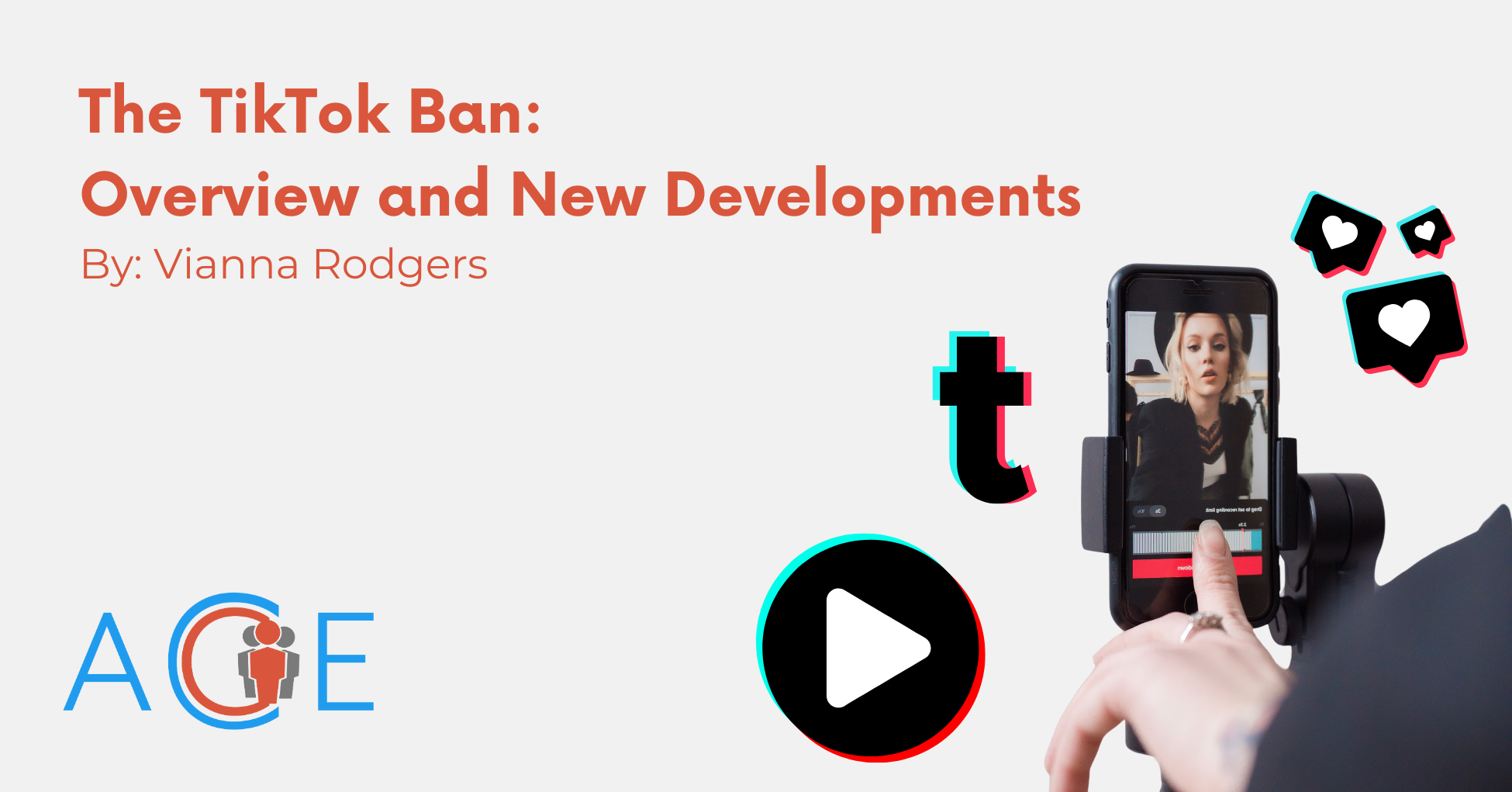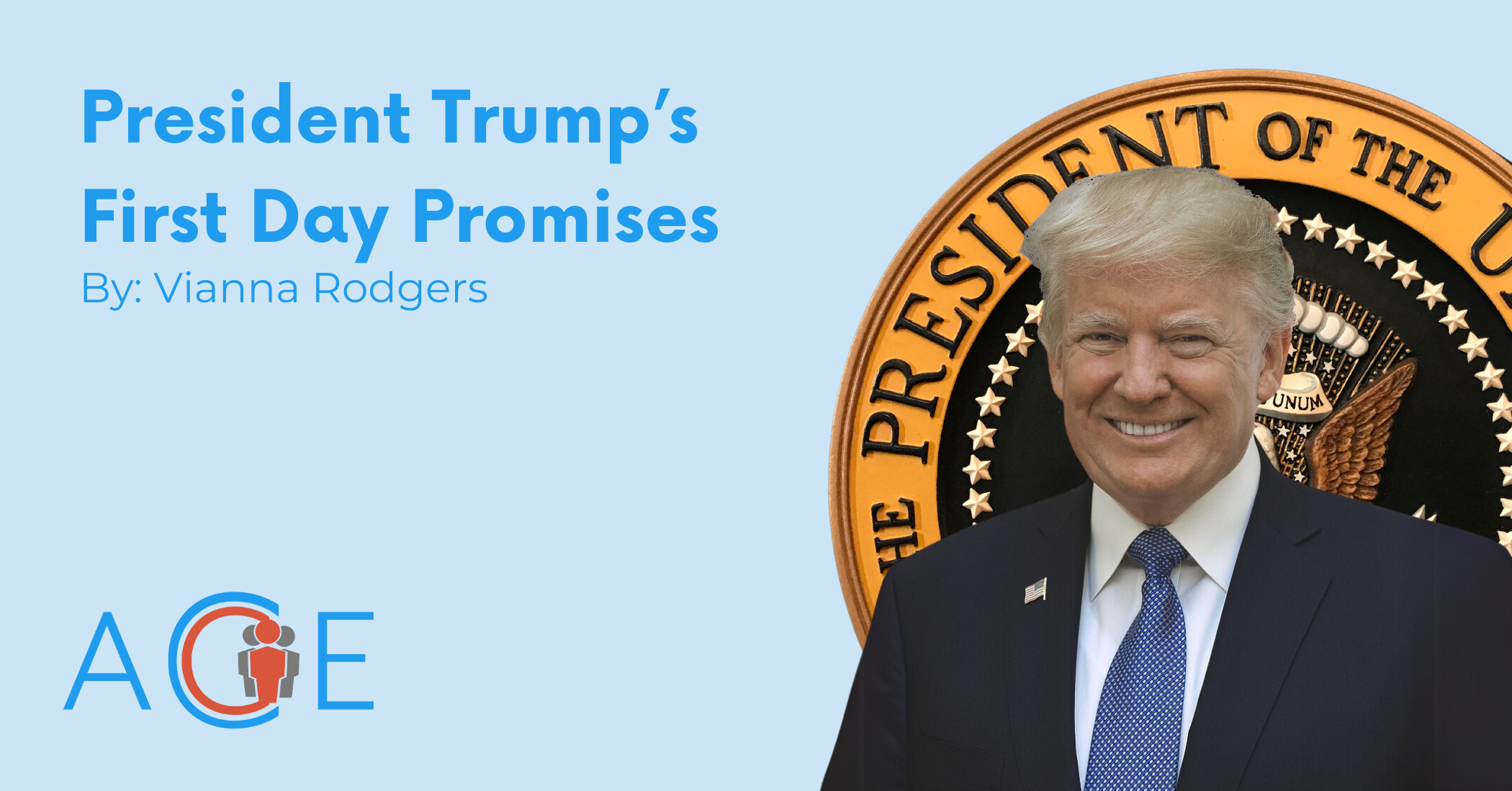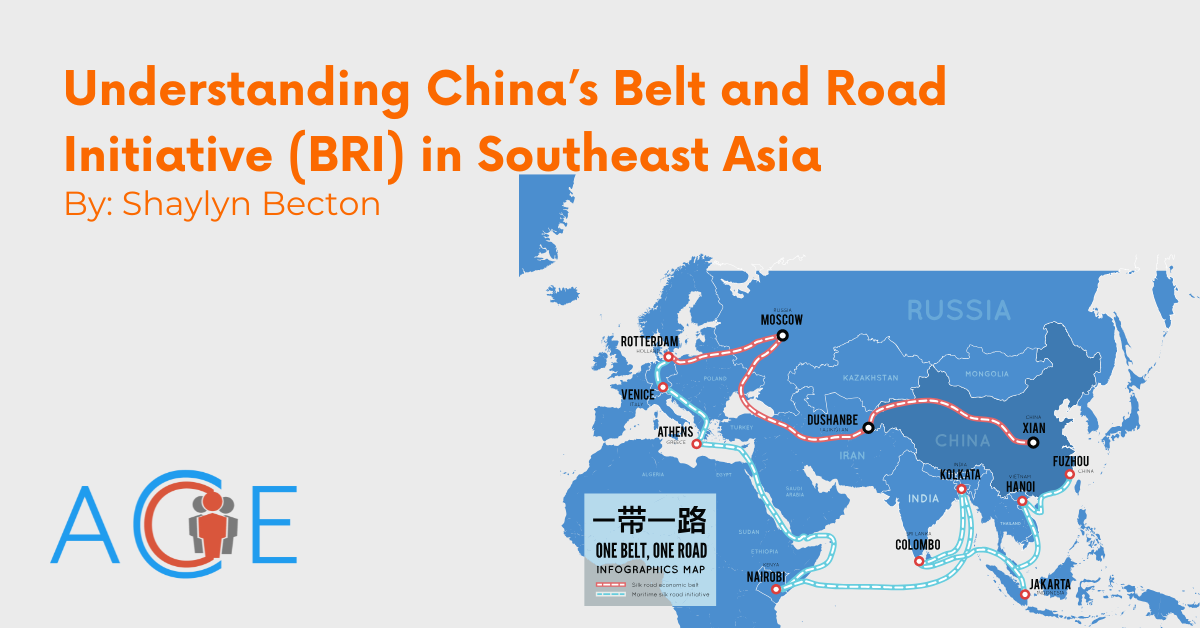An Overview of TikTok Security Concerns
In 2016, the Chinese company ByteDance launched Douyin, a social media app focused on short-form content in China. Following the app’s success, ByteDance expanded the app overseas, launching TikTok to the international market in late 2017. TikTok was a major success internationally, amassing two million downloads and 800 about million active users within a few years.
Despite its massive popularity, TikTok has come under scrutiny for alleged cybersecurity threats. In 2019, the U.S. government sued the company for violating child online privacy laws, leading TikTok to settle for a $5.7 million fine. After reports of alleged censorship suggested that TikTok was working in tandem with Chinese government interests, the Pentagon banned the app on all military devices. In a joint letter to the Director of National Intelligence later that year, Senators Chuck Schumer (D-NY) and Tom Cotton (R-AR) argued that weak Chinese cybersecurity laws might compel ByteDance “to support and cooperate with intelligence work controlled by the Chinese Communist Party” by handing over data to the Chinese government upon its request. However, more recently, security experts argued that China has been collecting personal data from Americans for nearly a decade such that TikTok is not necessarily a novel or unique threat.
A Brief History of the TikTok Ban
After TikTok gained widespread attention in 2019 for alleged security concerns, President Trump signed two consecutive executive orders that restricted American business transactions with ByteDance and demanded ByteDance to shift management of TikTok’s U.S. operations. While these orders prompted consideration of a potential sale to Microsoft, the second order was blocked by a federal judge and the Trump administration eventually loosened its deadlines after losing the 2020 election.
The momentum toward a national TikTok ban slowed for the first few years of the Biden Administration, until a 2023 hearing with TikTok’s CEO drew public attention for lawmakers’ heated interrogations. The same year, a bipartisan “sell-or-ban” bill, which proposed a national TikTok ban if the app was not sold to an American buyer in 270 days, was introduced and gained traction. On April 24, 2024, President Biden signed the “sell-or-ban” bill into law. In response, TikTok sued the U.S. Justice Department, arguing that the ban violated the constitutional right to free speech. The Department of Justice argued that the bill was justified due to pressing national security threats.
Recent Developments
On Friday, January 17th, 2025 – two days before the ban was to go into effect – the Supreme Court ruled against TikTok, holding that the “sell-or-ban” bill was constitutional because it did not target TikTok for the content of the platform’s speech, and was based on sufficient evidence of national security threats. Additionally, the Supreme Court reasoned that the law was not an outright ban because TikTok still had the opportunity to operate if the platform was sold to different management.
On Saturday, January 18th, the app went offline for about twelve hours before returning with a message thanking then President-elect Trump for his efforts to restore the app. Before TikTok resumed service on Sunday the 19th, Trump had promised to issue an executive order delaying enforcement of the “sell-or-ban” law after his inauguration the following day.
Now, Trump has issued a 75-day delay in enforcing the TikTok ban, ordering that ByteDance either sell the app within that time or reach a deal with Trump in which 50% of ownership of the app would be given to the United States









